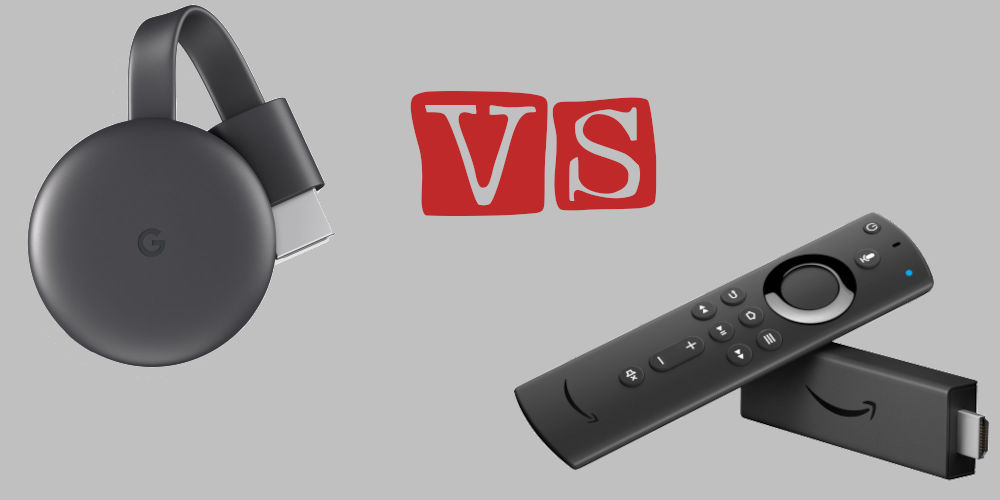

You can make it work, mostly, but it’s never as smooth an experience as you’d want. Google lists this feature as in beta, so it’s not surprising it’s comes across as not fully baked. This isn’t really what the Chromecast was made to do, and it feels like it. This isn’t as seamless as AirPlay, but it generally works OK. Though primarily designed for webpages, you can drag some files into your browser, and have them sent to the Chromecast. My aging but still more powerful desktop, however, had no problem. My Asus netbook, for example, tried valiantly and ultimately unsuccessfully to stream video. The quality depends a lot on your computer’s processing prowess. After you’ve connected the Chromecast to your network and installed the Chrome plugin, you’re given an option to “Google Cast” any webpage. If you read our review of the Chromecast, we mention how it can mirror the screen on your computer using a free browser plugin. It works pretty seamlessly, and as far as getting content from your device onto the big screen (what we’re concentrating on here), it’s really the benchmark. Since AirPlay has been around for a while, I’m not going to get too in-depth with it since if you own an Apple TV and Apple device, I’d be rather shocked if you haven’t played with mirroring already (though we’ll come back to it in the comparison section). Sending images and videos from your Apple mobile device to your TV is the other big benefit.


 0 kommentar(er)
0 kommentar(er)
